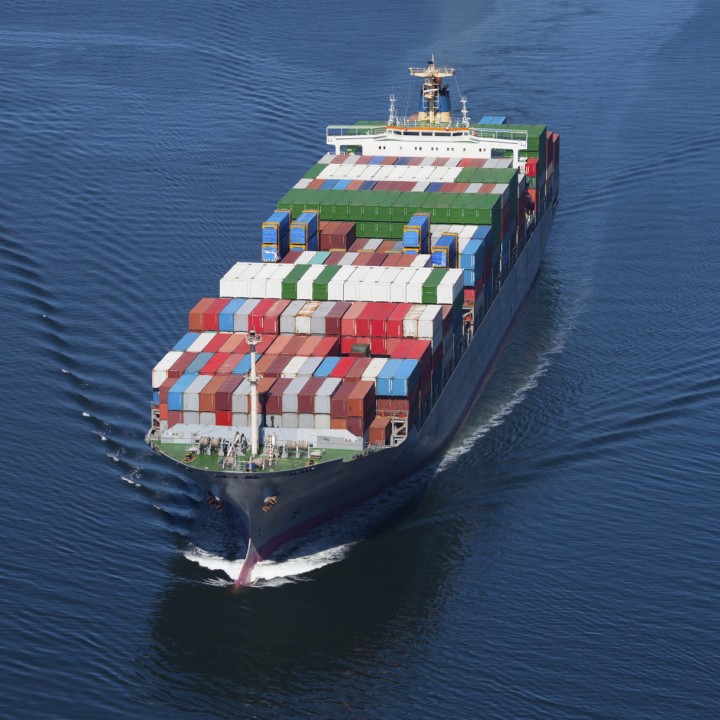Freight transport, also known as freight shipping, refers to the transportation of large consignments of cargo by land, sea, or air. Freight shipments typically differ from parcel or courier shipments (FedEx and UPS) in the sense that they are larger than 150 pounds. Instead, they are transported via transportation modes with larger capacities – like a pallet weighing more than 150 pounds, a 53’ truck, or even a 40’ ocean container.
Modes Of Freight Shipping
Several modes are commonly used when it comes to freight shipping. These are:
· Full Truckload (FTL)
Full truckload freight shipping refers to a transportation mode where a single truck (typically a 53 ft trailer) is responsible for transporting a large shipment from one location to another.
· Less Than Truckload (LTL)
Less than truckload freight shipping is a mode that’s usually employed to transport cargo bigger than 150 pounds but not big enough to fill a 53’ truck. These loads are usually comprised of a couple of crates or pallets that weigh up to 5,000 pounds.
· Partial Truckload
It is a freight shipping option that allows you to share the cost of a truck with other shippers thus saving on cost. This freight shipping mode is particularly advantageous if your shipment exceeds 5000 pounds.
· Intermodal (ITML)
Intermodal freight transport entails the shipping of large cargo through two or more modes of transport without opening the container. An example of intermodal freight shipping is where cargo arrives in one location via rail and is then transported to the warehouse via instance truck and rail. This shipping method is not as reliable as a truck, but can still be very cost-effective and fuel efficient.
· Expedited
Expedited freight shipping is a mode of transportation that aims to ship cargo in a time-sensitive manner. The most common vehicles employed in this mode are planes and trucks that have 2 drivers on board.
· Sea Transport
Sea transport is one of the most popular modes of global freight shipping since it is less expensive compared to other modes and it also makes it possible for cargo to be shipped across continents.
· Rail Freight
Rail freight shipping is a very cost-effective method for shipping cargo in instances where time isn’t a factor. This mode is commonly used for transporting large, heavy equipment and bulk items like chemicals or grain.
· Air Freight
Air transport is the fastest way to move goods and cargo from one point to another. That said, this mode of freight shipping is very costly, which is why most shippers reserve it for very time-sensitive orders or smaller shipments.
Factors Determining Freight Shipping Rates
Several variables influence freight shipping prices. These include:
1. Timing
As a general rule, time-sensitive cargo shipments are more costly to transport compared to slow-moving ones. As such, the more flexible you are with the delivery date, the cheaper your freight transport is likely to be.
2. Distance
The amount of money you pay to ship your cargo also depends on the distance. For instance, freight shipping cargo across several states is more expensive compared to moving it within one state. Fuel is a factor when shipping over distance.
3. Mode Of Transportation
As highlighted before, the mode of transportation you use has a huge bearing on the price of freight shipping. For instance, moving cargo via rail or truck is significantly cheaper than using an airplane.
4. Size Of Shipment
The amount of space that your cargo takes up in the freight vehicle determines the price of transportation. In other words, you’ll pay more for shipping a whole container of cargo compared to a small package.
Freight transportation is critical when it comes to moving cargo from one location to another. No matter the mode of transportation that you use, freight shipping makes it possible to move your goods securely and cost-effectively. If you’re in need of freight shipping services, get in touch with AMR Group today to find a reliable and affordable transporter.









